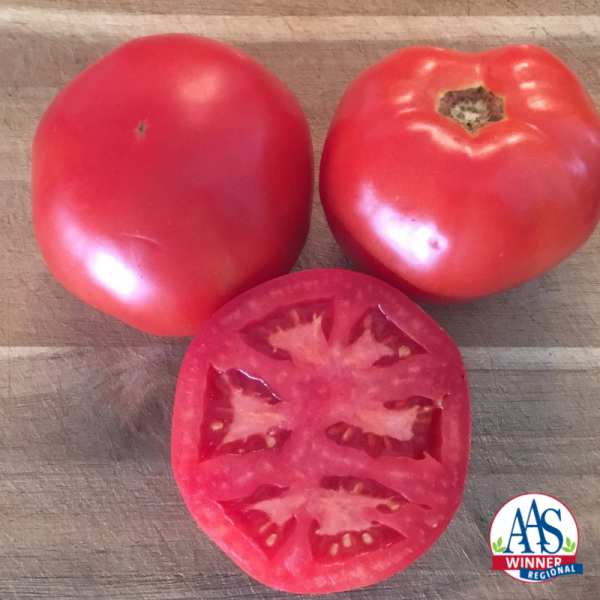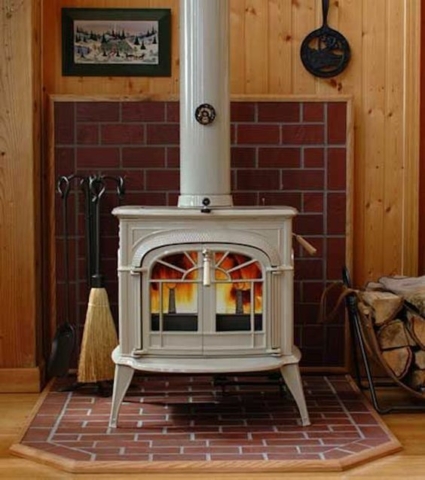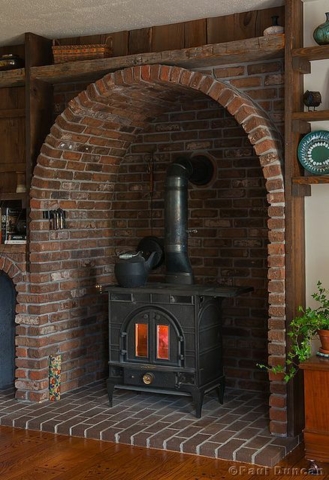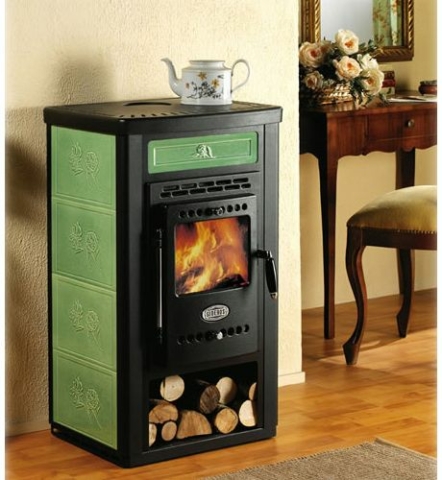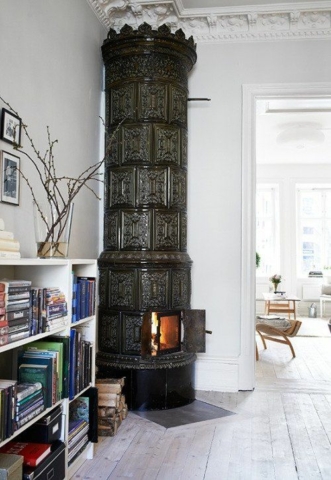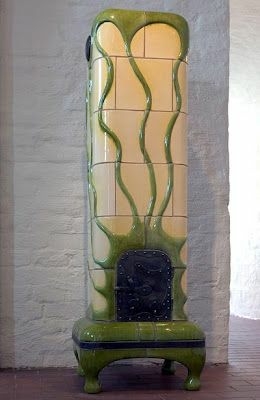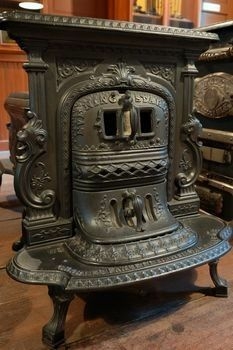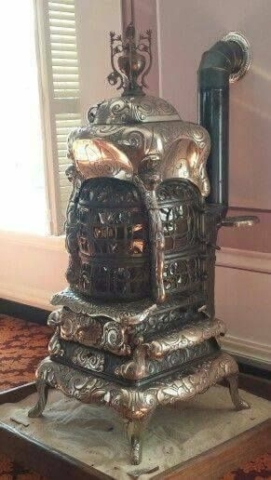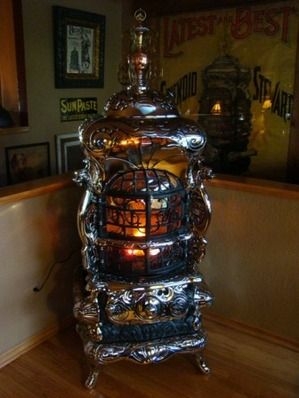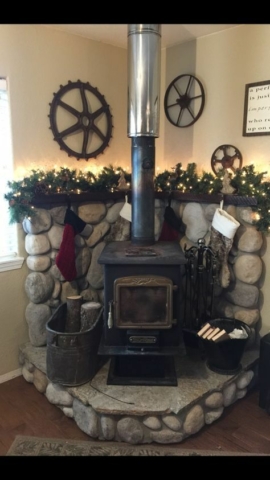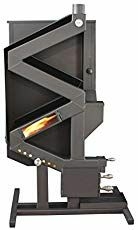The new All American Selection for 2020 for vegetables goes to 3 tomato varieties.
1. Celano is a patio type grape tomato with a strong bushy habit. It is best grown with some support, such as a tomato cage. This semi-determinate hybrid tomato is an early producer of sweet oblong fruits weighing about 0.6 oz. each. Plants grow to 40” in height and spread to 24” and have excellent late blight tolerance. In comparing it to other grape tomatoes on the market, one judge summed it up by saying “(Celano) is sweeter, the texture is better, the color is deeper, the plants are healthier, and the yield is phenomenal.
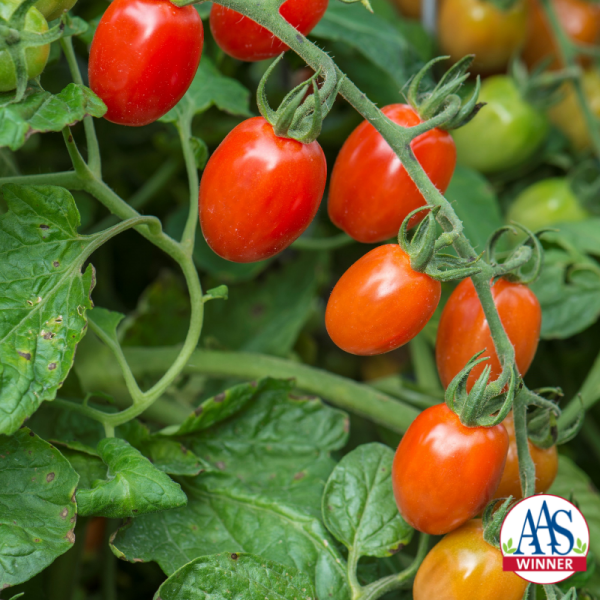
2. Early Resilience is a rounded Roma tomato with a deep red interior color, uniform maturity and good quality flesh for canning and cooking. Determinate, bushy plants can be staked but it is not necessary. The AAS Judges noted that this variety was very resistant to Blossom End rot, resulting in a high yield and less fruit loss. This could very well replace some of the other Roma varieties as a new standard in the arena.
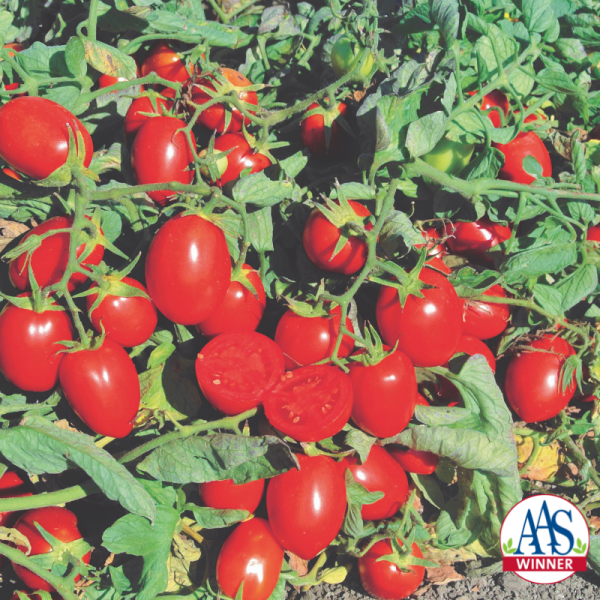
3. Galahad is a brave new tomato variety that has a high level of Late Blight resistance because both parents are resistant. Galahad is a high-yielding, great tasting tomato that grows on a strong sturdy plant. Judges agreed that the sweet, meaty flavor is better than that of the comparison varieties and boasts of being crack resistant.
